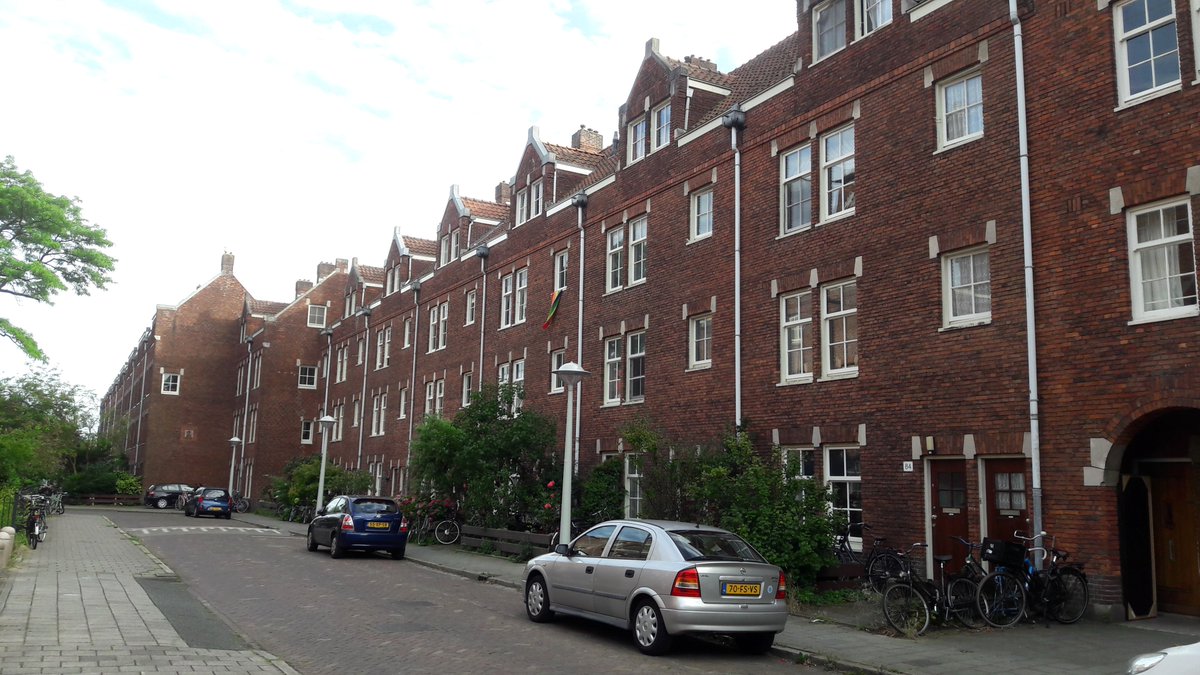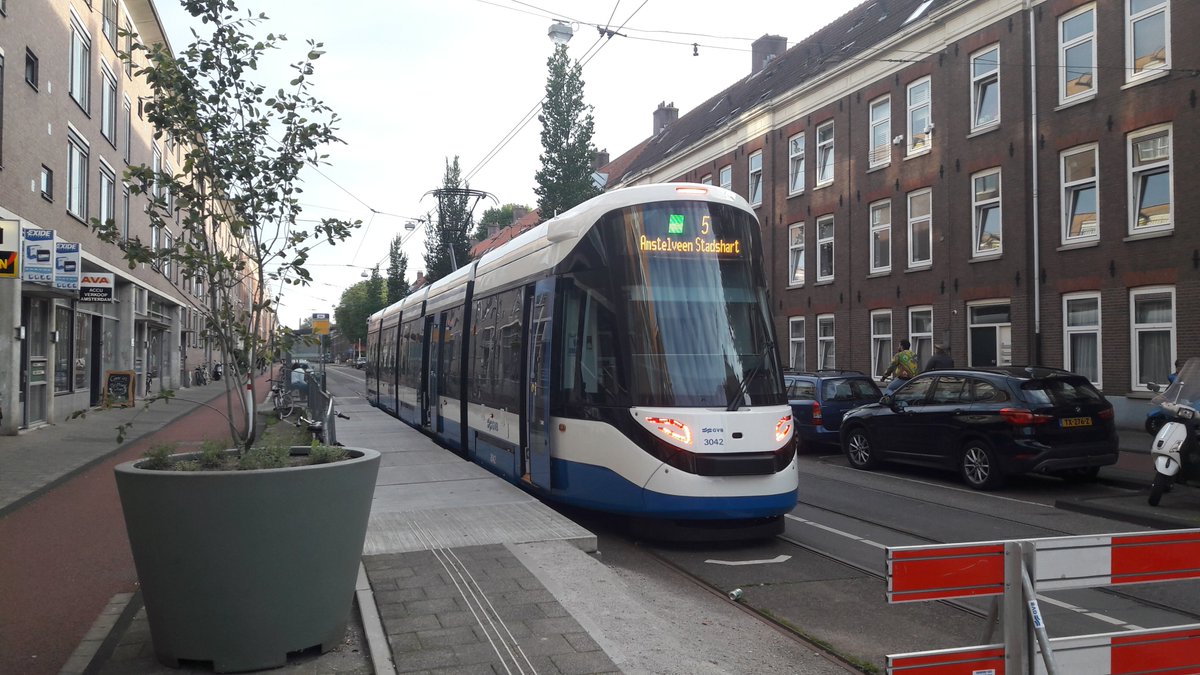On architecture and public art: I think it ought to be beautiful, *obviously* beautiful, beautiful to most people. This is because everyone is constantly confronted with it. I love thrash metal and avant-garde jazz, but I wouldn't blast it through the speakers in a train station.
Architecture ought to make the world more joyful. For nearly all of history, people have understood this and built beautiful things based on universal aesthetic principles. You'll find them in a gothic cathedral, a Buddhist temple, a Persian mosque and a Dutch farmhouse.




Rejecting ugly contemporary architecture is not conservative. It is socialist to care about everyone's surroundings. Many of the worst contemporary buildings are prime examples of the ugliness bred by capitalism.



Conservatives have hijacked this conversation, buying into the ridiculous conspiracy theory that it's to do with "cultural Marxism". This makes any lefty who rejects ugly contemporary architecture suspect to other lefties. But beautiful architecture is about democratic values.
Sticking to basic aesthetic principles (symmetry, harmony, simplicity on a macro-level, complexity in detail) also doesn't mean not moving forward. People have been innovating with these principles for tens of thousands of years. Today's architects can still do so.
Here's an excellent @curaffairs piece on all this by Brainna Rennix and @NathanJRobinson. (I do disagree with them on Brutalism, I think some Brutalist buildings are pretty. Not the ones they mention.)
currentaffairs.org/2017/10/why-yo…
Now, I'll be cycling around Amsterdam and occasionally showing examples of some of the worst and best architecture and other public art I happen to come across in this thread. Mute the thread if you don't want to be confronted with more beauty and ugliness.
I love the building on the left. The one on the right would be fine if they hadn't added those ridiculous grey strips. It's illustrative of the hatred of ornaments many contemporary architects have.

Also illustrating this: the contrast between the balconies of the left and those on the right. Of course, under neoliberal capitalism, ornaments are not allowed because they have no obvious monetary value.

The beauty of the old Stedelijk Museum, partially hidden by the oppressive ugliness of the new building.

The Van Gogh Museum isn't too good either. What does this building have to do with Vincent?

You can pause anywhere in this street and see something gorgeous like this. Love that stained glass.

It's not primarily the museums and churches that make a city beautiful, it's the modest beauty of lovely little things like this.

It's caring enough about the lettering of a house number.


There is one good building in this picture. Can you spot it?

Here it is a bit closer, popping up its head from behind an unsightly block.

How elegant.

This is a hospital. Why, out of any building, should a hospital look depressing? Hospitals ought to be palaces.

The wonderful Oosterpark. People like being here, because people like existing in a place that looks nice.

Here is a good monument in the Oosterpark.

Here is a bad monument in the Oosterpark. If you have to ask what it's a monument for, you akready know why it is bad.

As this disastrously badly written plaque (featuring spectacular misuse of two Dutch expressions and the word "literally") struggles to explain, it's supposed to be about Theo van Gogh.

Each time I pass this building and see what they did to it, I call the police.

Some nicer contemporary architechture. It doesn't have to be spectacular.

One of the most beautiful neighbourhoods in Amsterdam is Watergraafsmeer. (I wouldn't be found dead on these terrasjes though.)




Oost providing more examples that contemporary architecture needn't be ugly.


One of the most gorgeous streets in Amsterdam is the Linneashof, featuring one of the most beautiful churches in the city.

Those old bricks! This whole street is just house after house of delicious red Dutch cross bond.




Beautiful on the bottom, ugly on top.

Amsterdam's best street is the Molukkenstraat. None of these buildings call attention to themselves, but they all lovely little details in the brickwork. The whole street is harmonious.




I delivered the post here for a while, and there's always a lively, cheerful atmosphere. People smile at you and talk to you. I believe this is in part because of pleasant architecture (and trees!). It is also because of the diversity of purpose of these buildings:

There are homes, bars and stores next to each other. A city needs lots of streets like that. (Yes, I am aware that some of those pictures are Javaplein, but I count that as the same street for the purposes of this thread.)
Every twenty years or so, the city decides the trams need to be uglier.

This statue has often startled me when I was walking home late at night. I like it.

I think a question that ought be asked about any public art before it gets to be made, is: does it in any way improve upon just putting another tree there? In the case of these monstrosities by Joep van Lieshout, the answer would be no.

No tour of Amsterdam's architecture is complete without a visit to the Spaarndammerbuurt, where breathtaking beauty is just a matter of everyday life, as it ought to be. These are some of the best examples of the Amsterdamse school.




These are post boxes (out of use, but they're leaving them standing). Can you imagine what the world would look like if people still cared this much about what a post box looks like?


Here's a poem about how the city built these houses for the working classes. Roughly translated, it says: "it is nice for people to live in a beautiful house, so it's good that these houses exist!" Can you imagine? Workers living in houses designed and built for people?


Michel de Klerk, my favourite architect: "Nothing is beautiful enough for the labourer, who has had to live without beauty for so long."

Here's that labourer, breaking free from his chains at the statue of socialist politician Ferdinand Domela Nieuwenhuis.


Another one of the nicest buildings in Amsterdam is the Westermoskee. It has all the majesty appropriate for a mosque, while being in harmony with its surroundings. It incorporates elements of the Amsterdam School. This is what architects ought to do.

When you think about how amazing it would have been to get to see the Hanging Gardens of Babylon, realise: every major city *could easily have* the Hanging Gardens of Babylon. Then think about why they don't.
Here's the water tower in Den Helder. When I would visit my grandmother as a child, it looked like the picture on the left. It wasn't until 2005 that they got rid of the concrete and restored it to its original appearance!


Last year, infamously, singer Guus Meeuwis bought this nice farm house and had it taken down and this block put in its place. He falsely claimed it was an improvement, because the old house looked "dated".

The truth is, good architecture never looks dated because the aesthetic principles upon which it is based are universal and timeless. The new house will look dated in ten years.
People were calling it a "crematorium", which is depressing because why should a crematorium of all places look like that?
These houses in Rotterdam look fun. They are known as the "cube homes", which is odd because the notable thing about them is not that they're cubes (lots of houses are cubes), but that they're the wrong way up.

And that's what makes them bad houses. They make such inefficient use of space. I have friends who live here and have spent the night in one of these. They said: it's weird, but you get used to it. Imagine saying that about the place where you live.

This is what you get when architects designing homes care more about themselves than the comfort of the people who have to live there.

They did make for a nice background in Jackie Chan's excellent WHO AM I?
youtube.com/watch?v=ODOpAq…
Most Dutch cities are full of little playgrounds with three or four fun playthings for kids, wherever there's room in the city. This is great. Playing, working, eating, shopping, sleeping should all be going on in the same place. That's how you get a lively atmosphere.



Another one of my favourite architects, Aldo van Eyck, came up with some classic designs, like the iglo and the circular sandlot.




This is my favourite bit of public art in Amsterdam. A little playground in the Vondelpark featuring four of Van Eyck's masterpieces. The climbing rock seems unsafe by today's standards. Let's hope they don't get rid of it!


